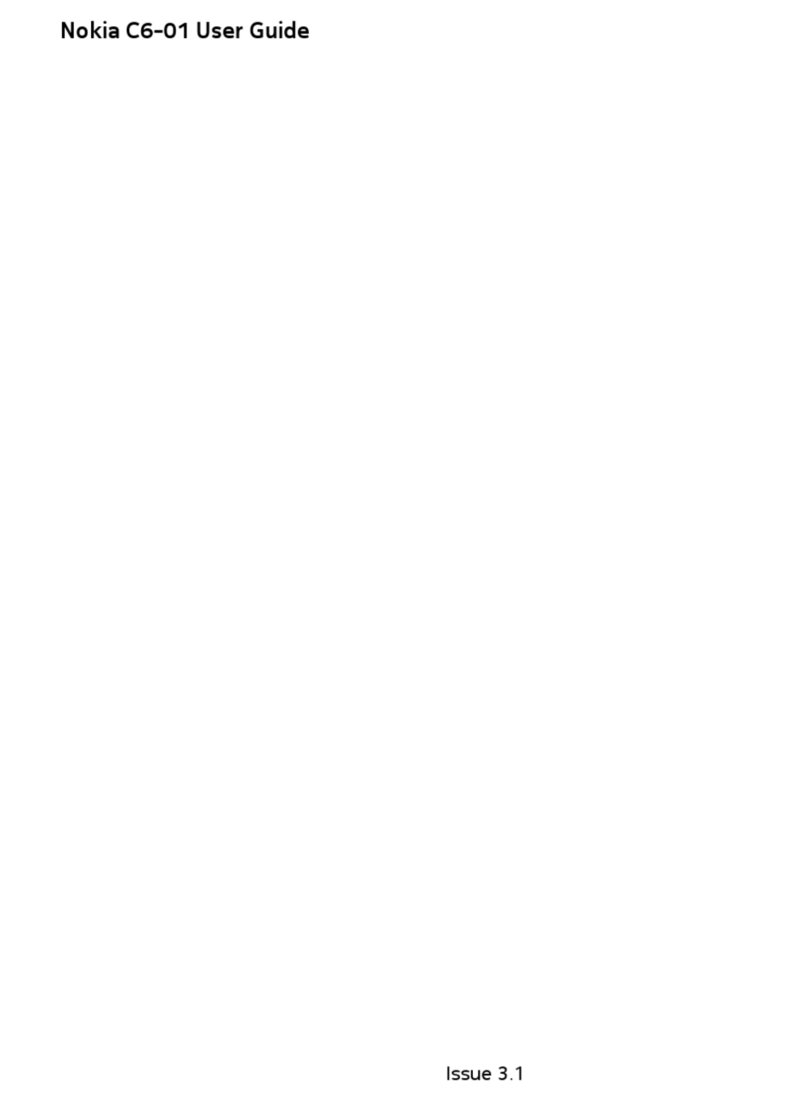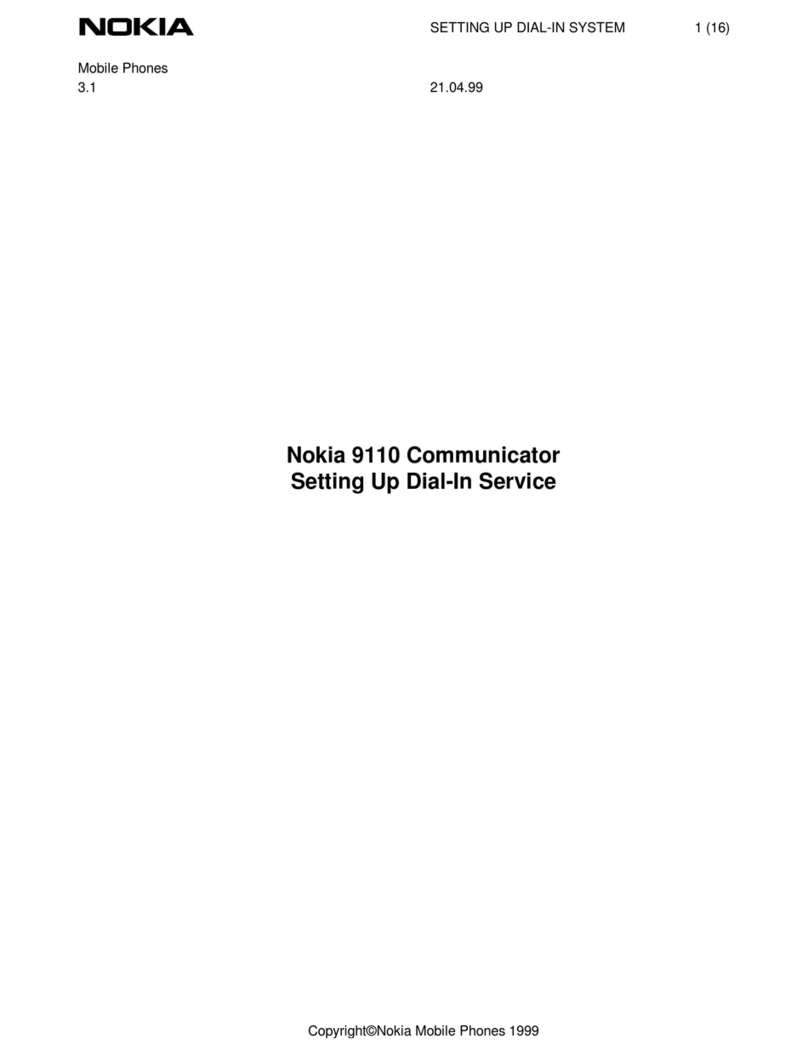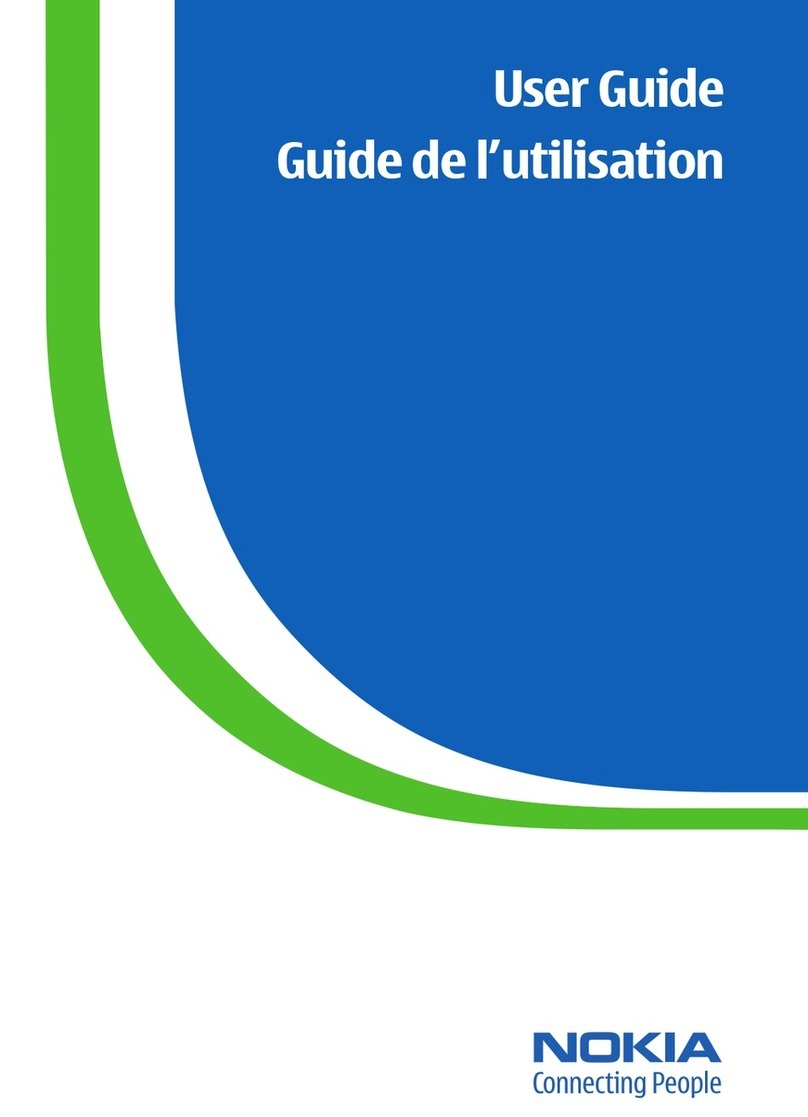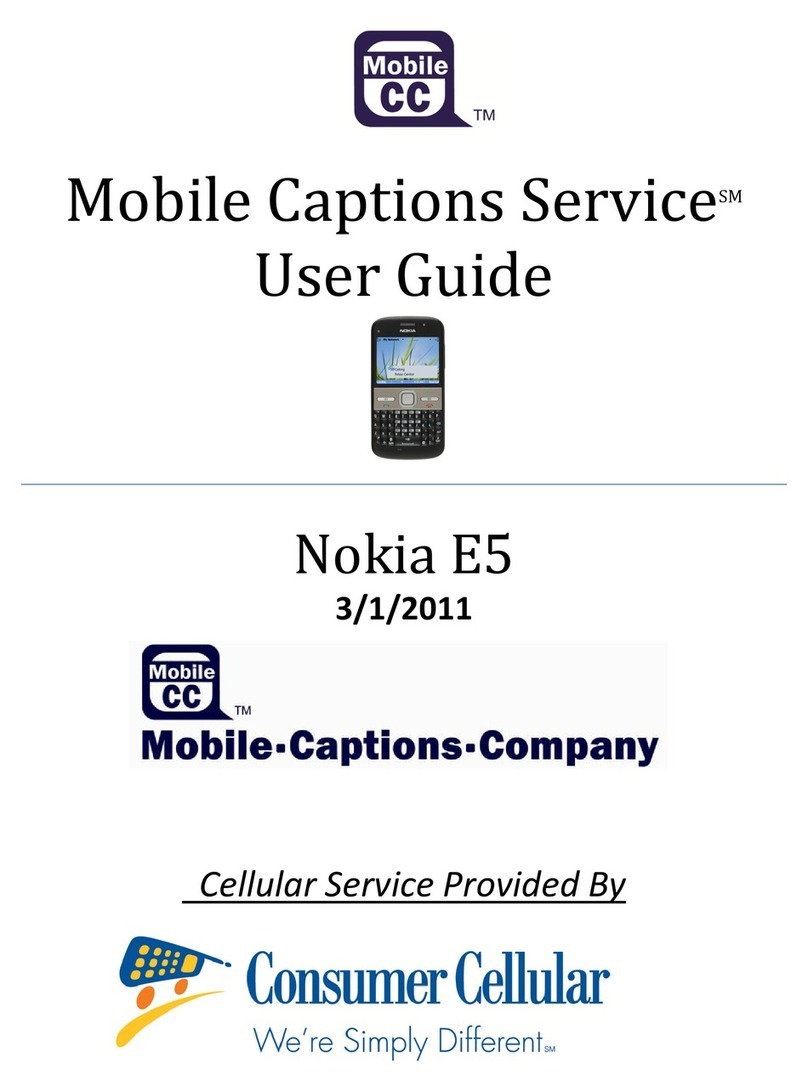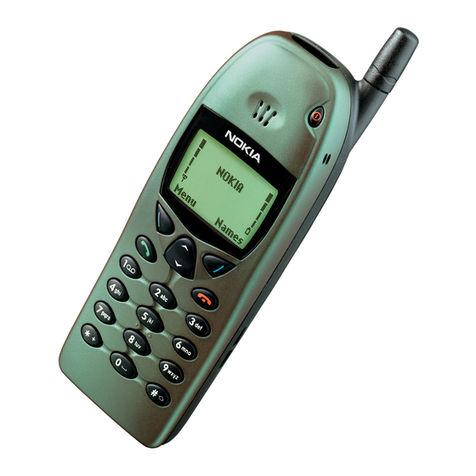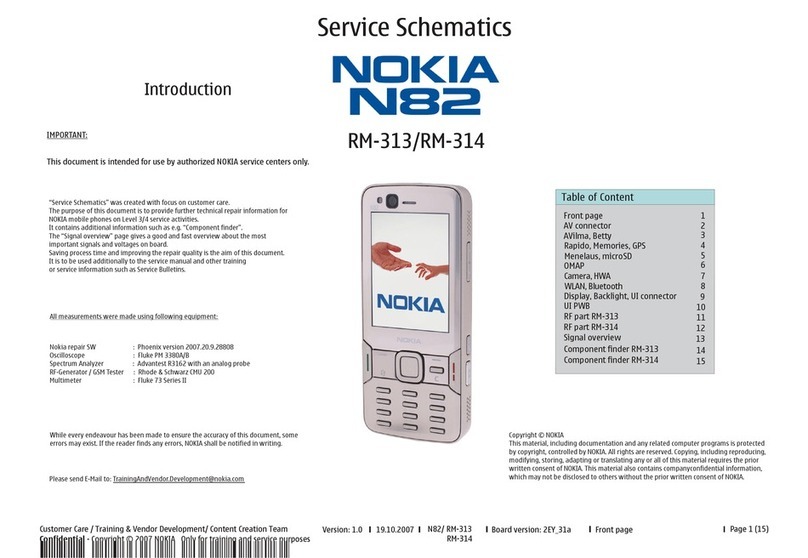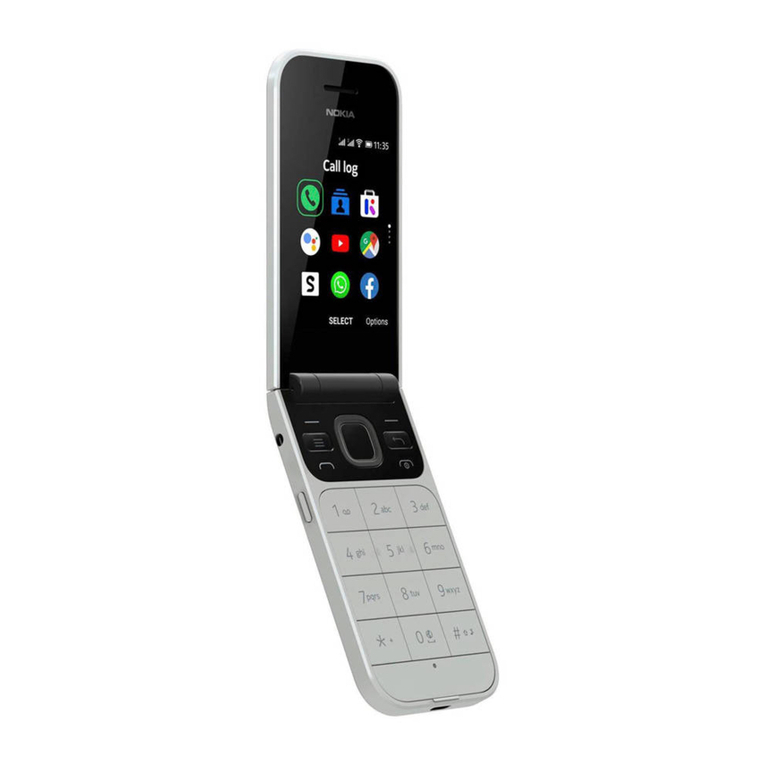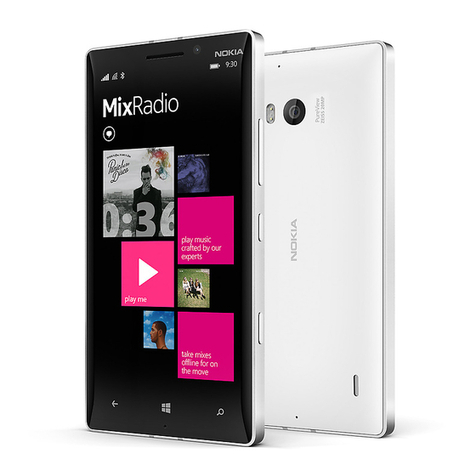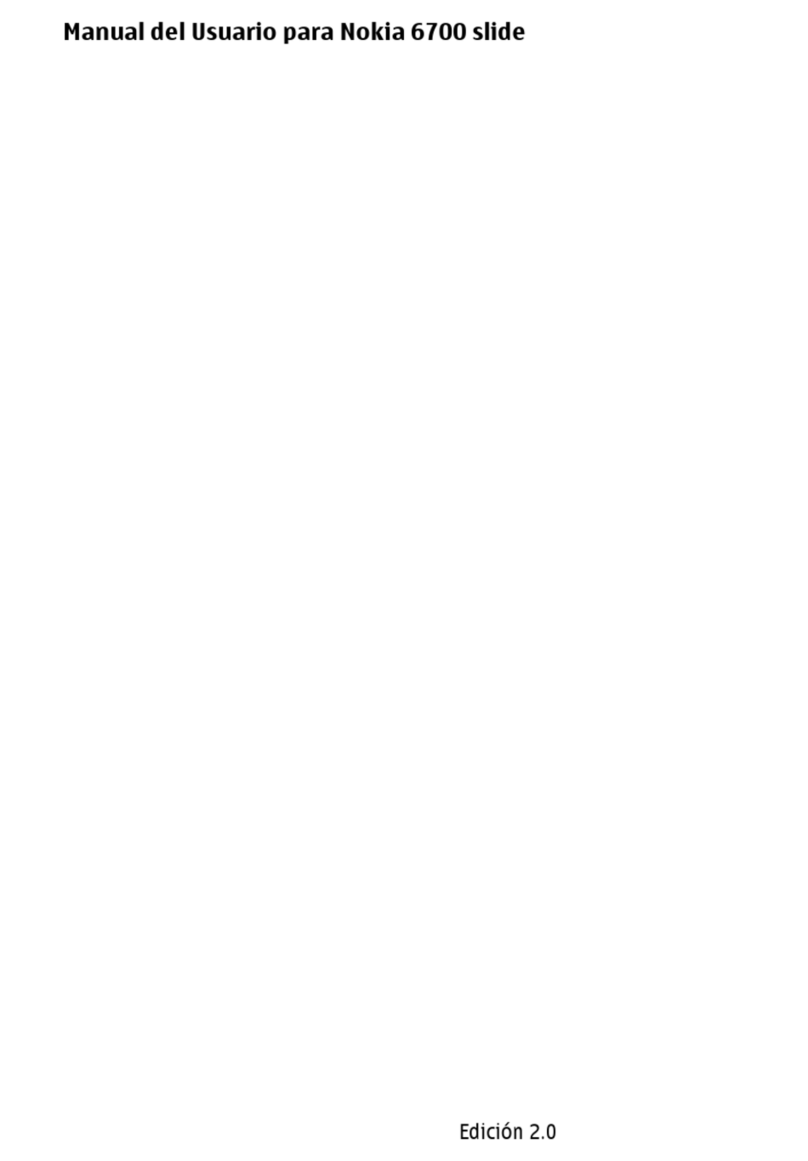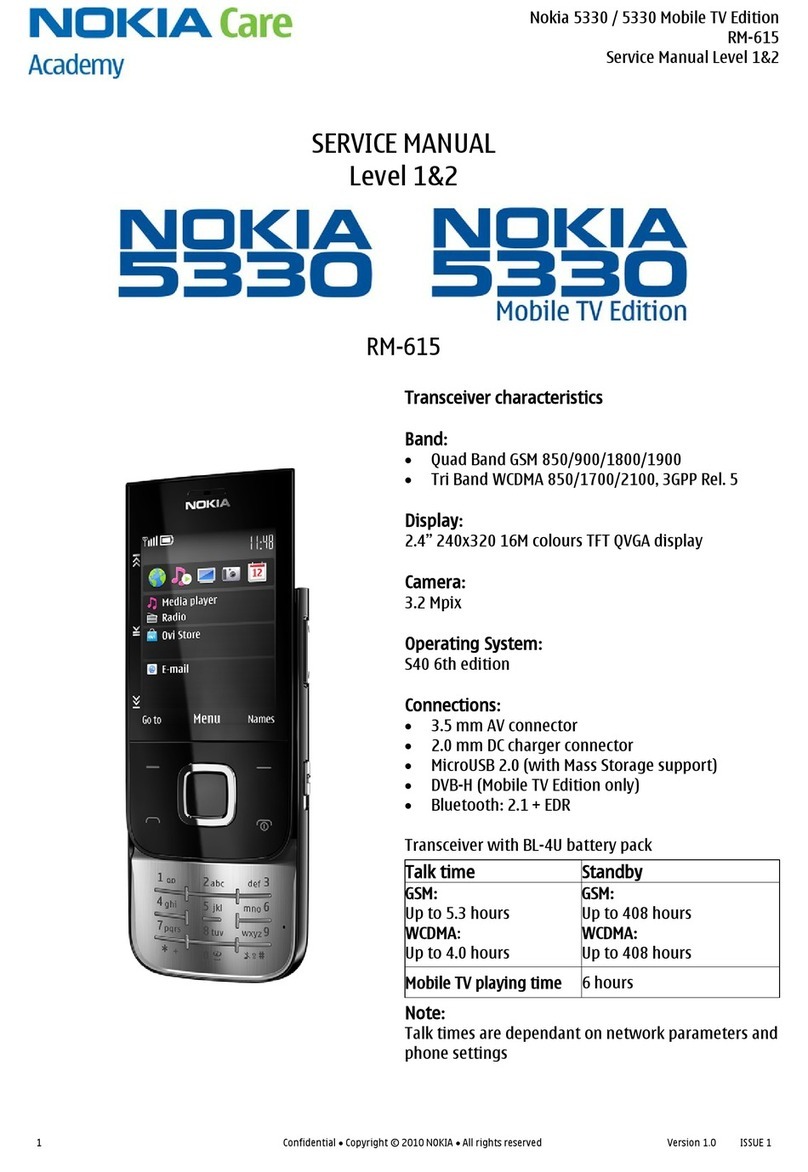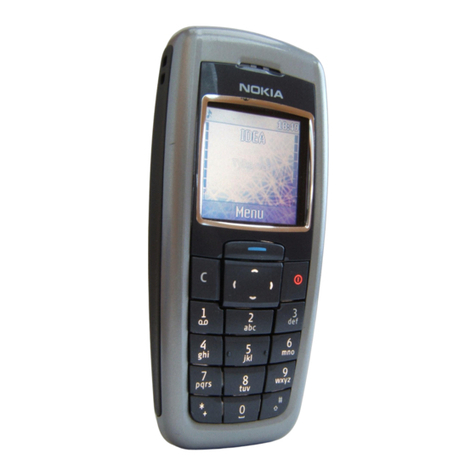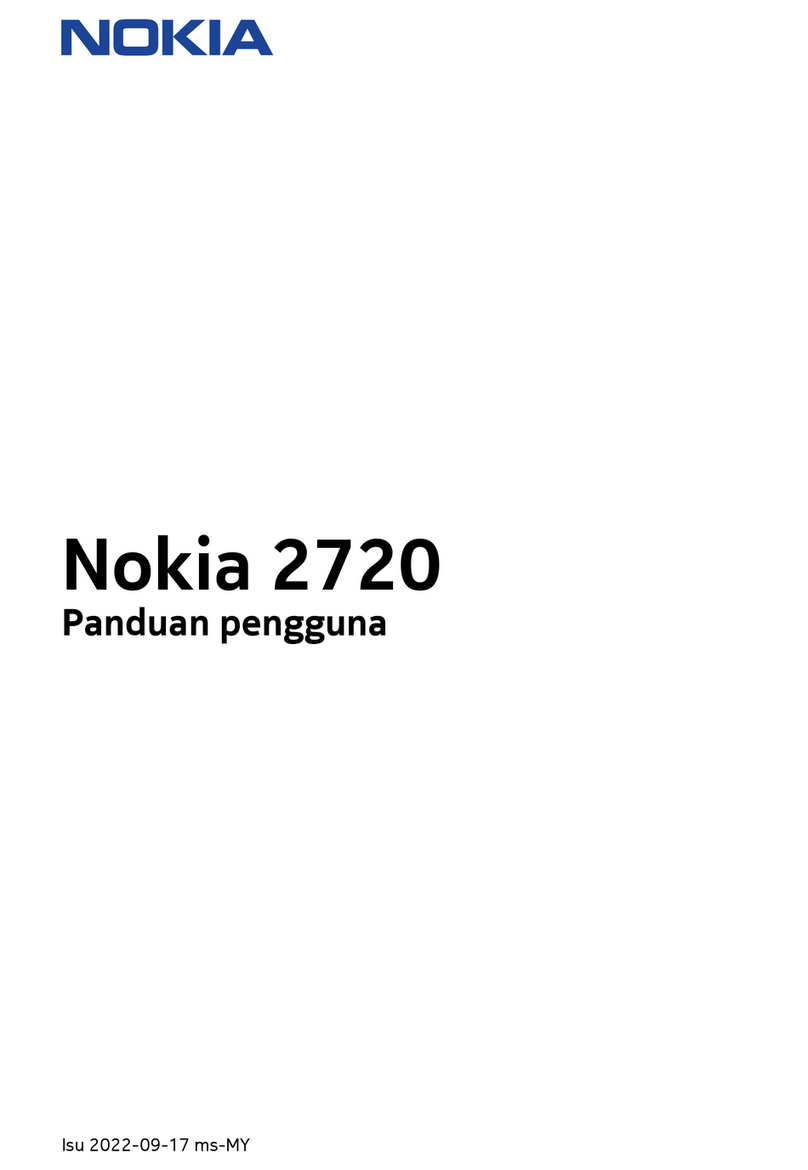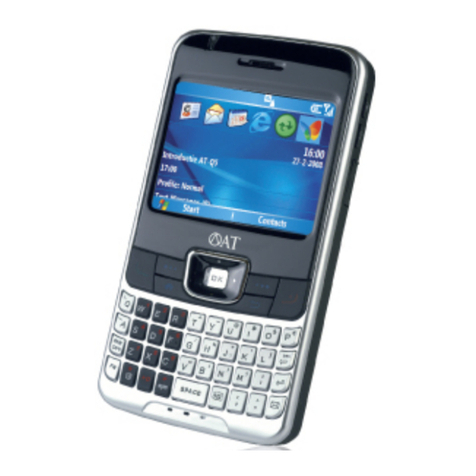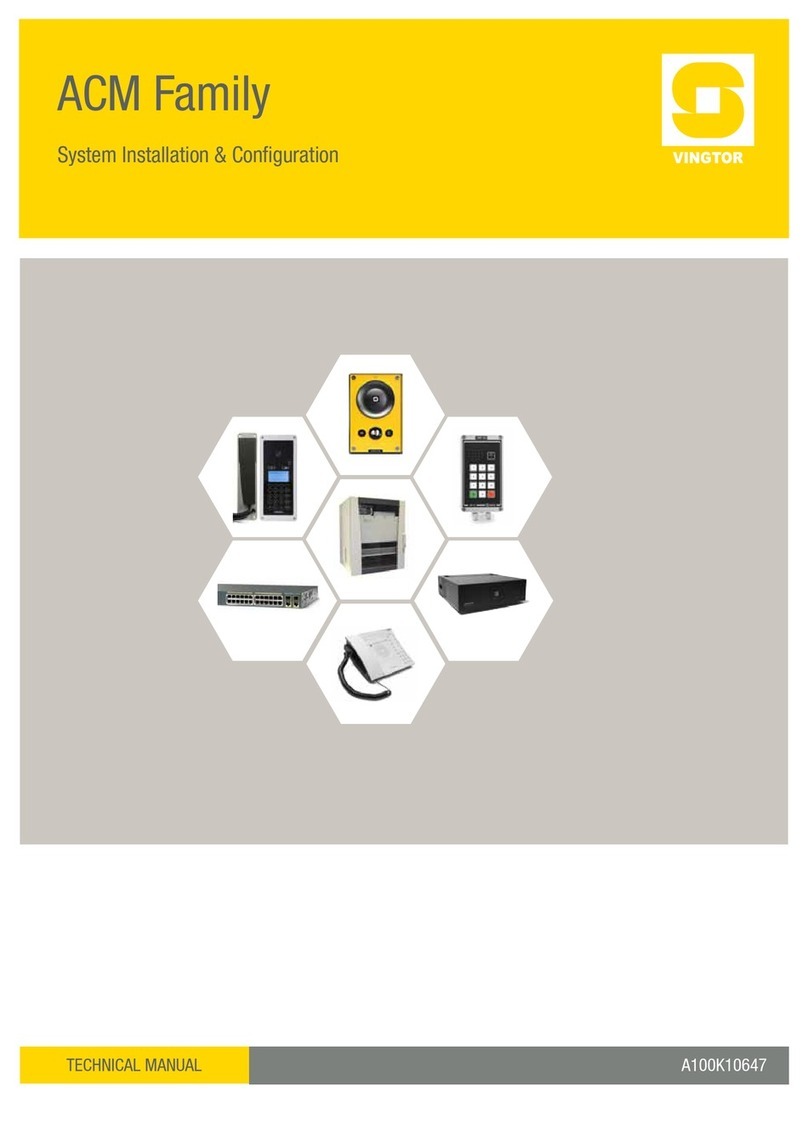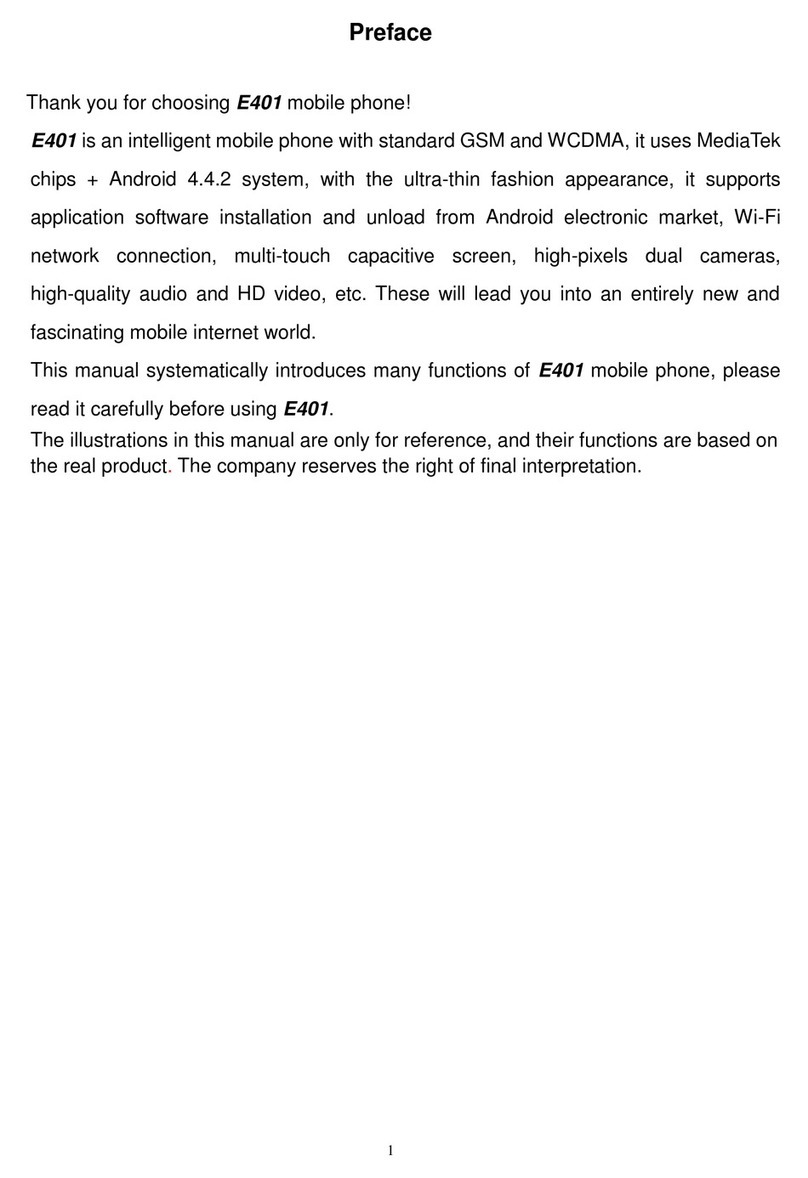
Issue 1 Page 3
Baseband troubleshooting.............................................................................................. 5
Baseband test points ....................................................................................................5
Troubleshooting diagrams ...........................................................................................5
Phone is dead ...............................................................................................................6
Flash programming do not work ..................................................................................7
Power does not stay on or phone is jammed ................................................................8
Display information : "Contact Service" .....................................................................9
The phone do not register to the network, or the phone cannot make a call .............10
SIM related faults ......................................................................................................11
Insert SIM card fault ............................................................................................... 11
SIM-Card rejected................................................................................................... 12
Audio related faults 1: Earpiece and microphone ......................................................13
Audio related faults 2: Headset ..................................................................................14
Charging failure troubleshooting ...............................................................................15
Charging troubleshooting 2 .......................................................................................16
General RF Troubleshooting........................................................................................ 17
RF Key component placement ...................................................................................18
RH-36 Receiver troubleshooting ................................................................................. 21
General Instructions for GSM850 RX Troubleshooting ...........................................21
Troubleshooting diagram for GSM850 Receiver................................................... 22
General Instructions for RH-36 GSM1900 RX Troubleshooting ..............................24
Phoenix commands ................................................................................................. 24
Troubleshooting diagram for GSM1900Receiver................................................... 25
Measurement points in the receiver ........................................................................ 27
RH-36 Transmitter troubleshooting ...........................................................................29
Measurement points for the transmitter .................................................................. 29
General instructions for RH-36 GSM TX troubleshooting .......................................30
GSM850 TX output power...................................................................................... 31
General instructions for RH-36 GSM1900 TX troubleshooting ...............................32
Phoenix commands ................................................................................................. 32
GSM1900 TX output power.................................................................................... 32
Troubleshooting diagram for GSM1900 TX .............................................................33
General Instructions for RH-18/38 GSM900 RX Troubleshooting............................. 35
Troubleshooting Chart for GSM900 Receiver........................................................ 36
General Instructions for GSM1800 RX Troubleshooting .........................................38
Troubleshooting Chart for GSM1800Receiver....................................................... 39
Measurement points in the receiver ........................................................................ 40
RH-18/38 Transmitter troubleshooting ......................................................................42
Measurement points for the transmitter .................................................................. 42
General instructions for RH-18/38 GSM TX troubleshooting ..................................43
PCN Transmitter General instructions for PCN TX troubleshooting ........................45
Synthesizer .................................................................................................................46
26 MHz Reference Oscillator ( VCXO )................................................................. 46
VCO ........................................................................................................................ 46
Troubleshooting diagram for PLL Synthesizer....................................................... 47
Phone fails after power on....................................................................................... 48
Measurement points at the VCXO.......................................................................... 48
Measurement points at the PLL/VCO..................................................................... 49
